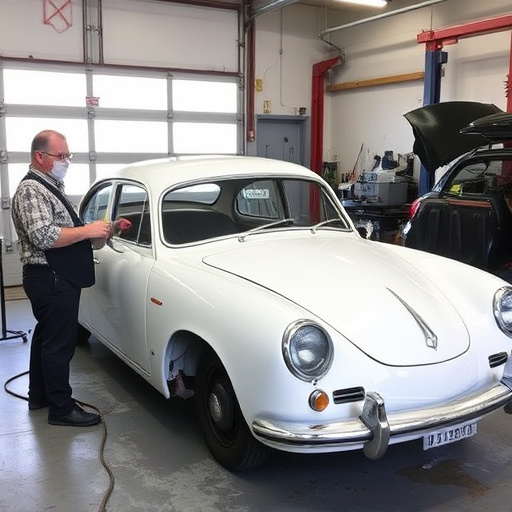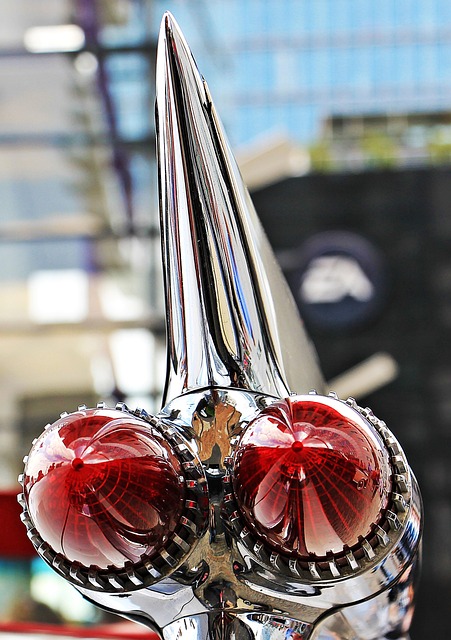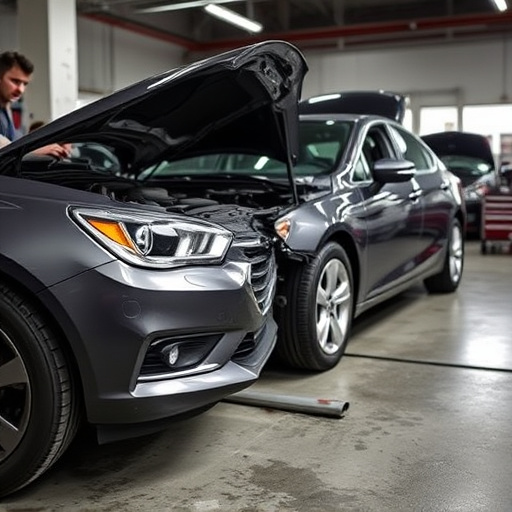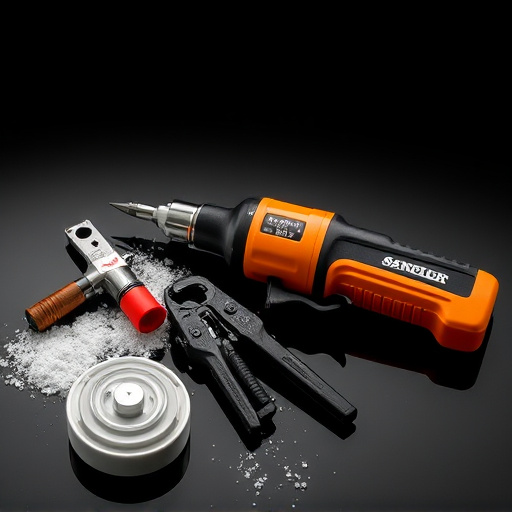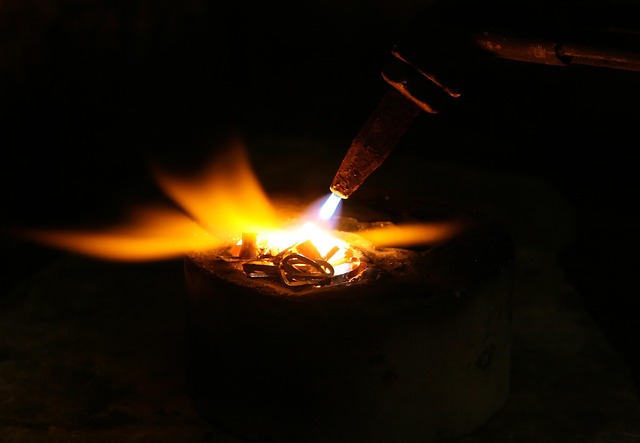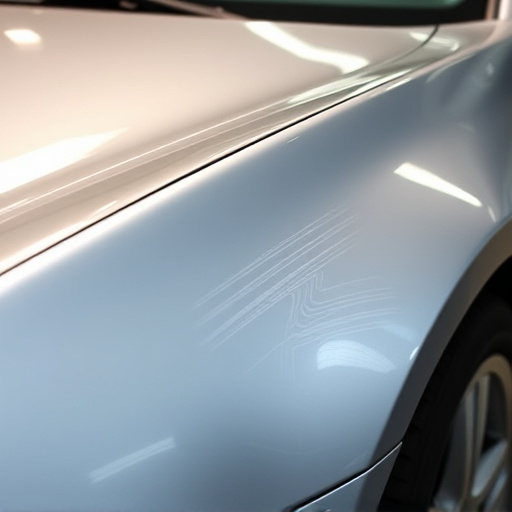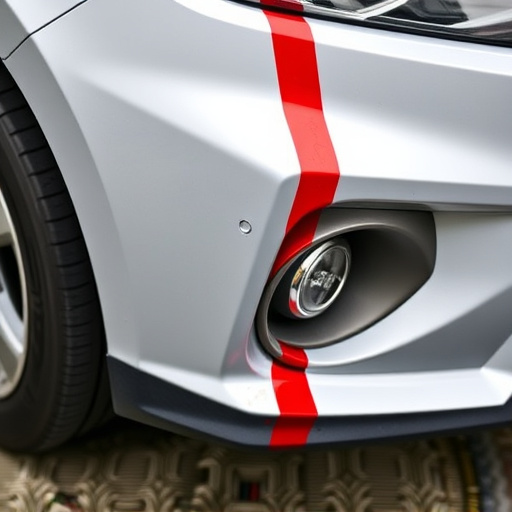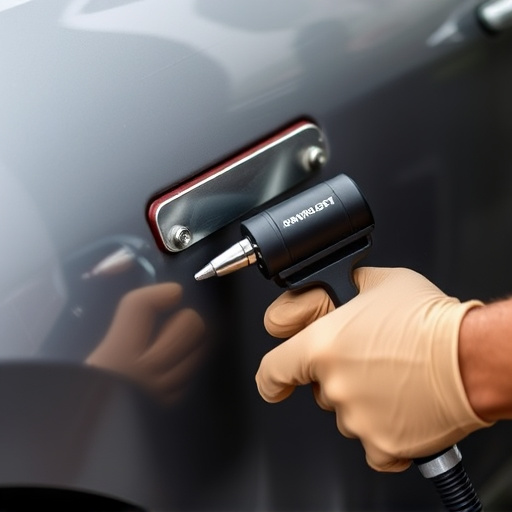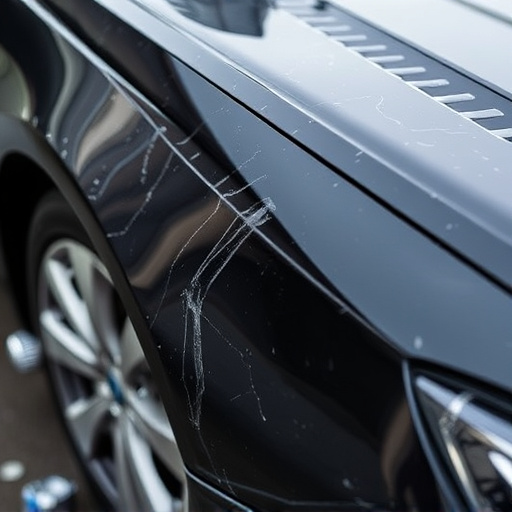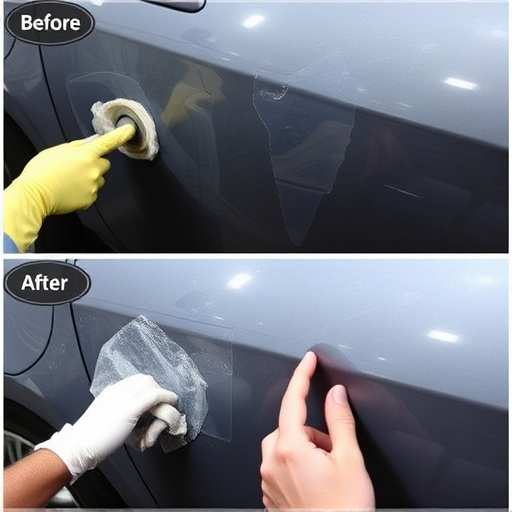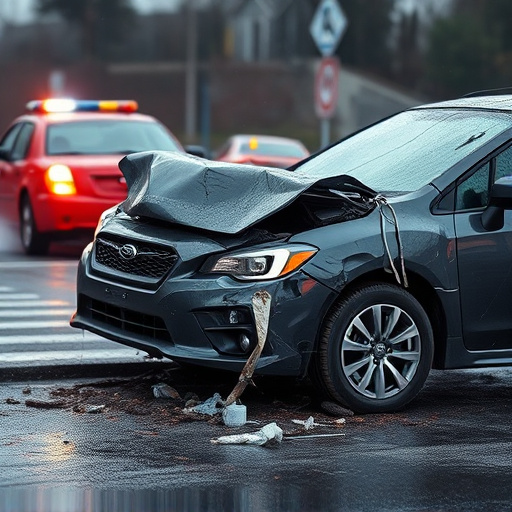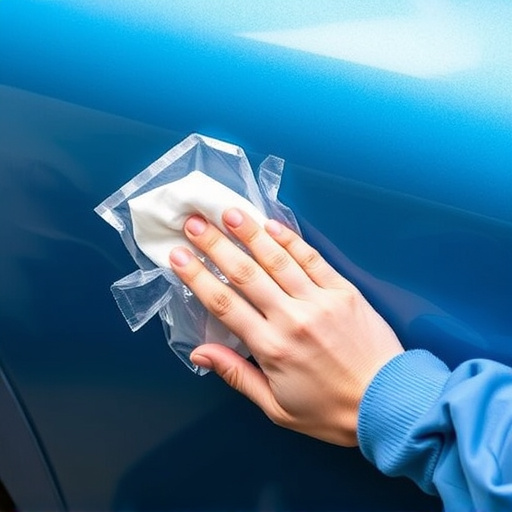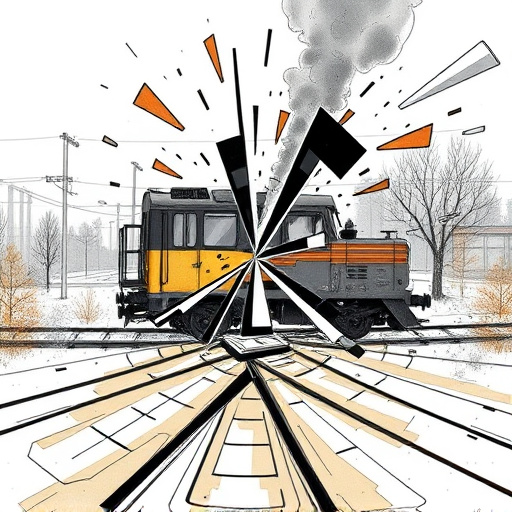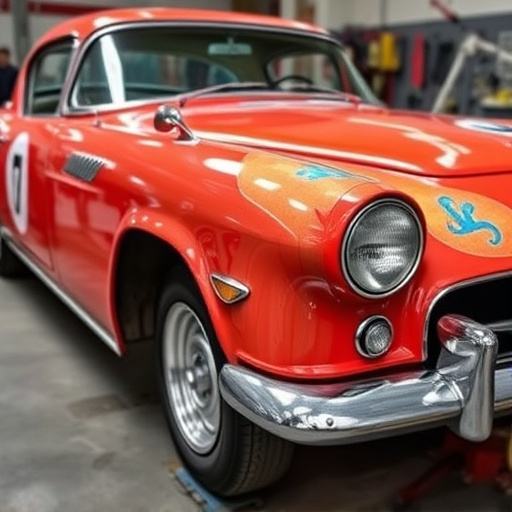B-pillar replacement requires adhering to stringent safety standards and utilizing advanced materials, engineering, and testing to ensure structural integrity and maintain or improve overall vehicle safety. Collision repair centers with state-of-the-art tools and skilled technicians are recommended. Proper protective equipment (PPE) and specialized tools are crucial for safe and effective B-pillar replacements. Effective training programs integrate specialized gear and technologies for robust solutions adhering to safety standards, enhancing vehicle safety.
In today’s dynamic work environments, ensuring safety around B-pillar replacement processes is paramount. This comprehensive guide delves into the essential aspects of enhancing worker protection during critical B-pillar replacement tasks. From understanding stringent safety requirements to selecting robust equipment and providing comprehensive training, we explore strategies to create safer spaces. Embrace these practices for a proactive approach to mitigating risks associated with B-pillar replacements.
- Understanding B-Pillar Replacement Safety Requirements
- Choosing the Right Equipment for Safer Spaces
- Implementing and Training for Effective B-Pillar Protection
Understanding B-Pillar Replacement Safety Requirements
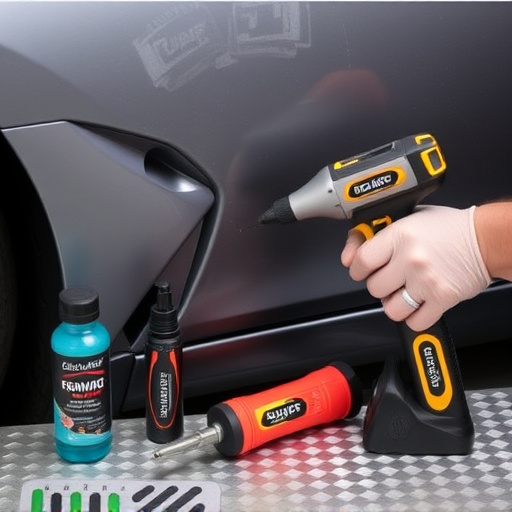
When considering B-pillar replacement, understanding the safety requirements is paramount. The B-pillar, or center pillar, is a critical structural element in any vehicle, providing both rigidity and protection during accidents. Replacing this component demands adherence to stringent safety standards set by automotive manufacturers and regulatory bodies. This process involves more than just swapping out the damaged part; it requires knowledge of advanced materials, engineering principles, and testing protocols to ensure the new B-pillar meets or exceeds the original safety specifications.
For auto repair near me that involves B-pillar replacement, a collision repair center should be equipped with state-of-the-art tools and highly skilled technicians familiar with modern vehicle design and safety systems. The goal is not just to restore the vehicle’s structural integrity but also to maintain or improve its overall safety performance, particularly in terms of crash protection and occupant security. Regular auto maintenance can help identify potential issues early on, making timely repairs like B-pillar replacement more manageable and cost-effective.
Choosing the Right Equipment for Safer Spaces
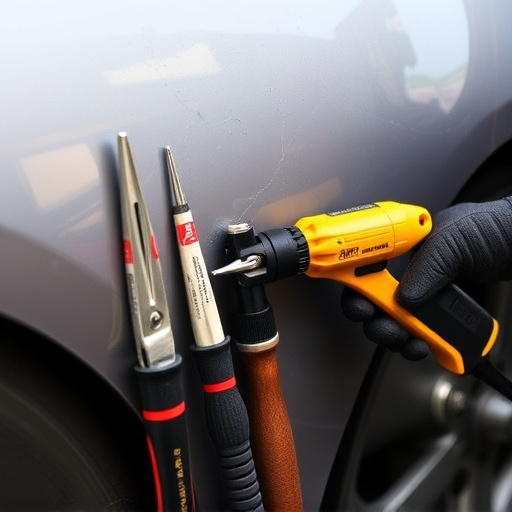
Choosing the right safety equipment is paramount when it comes to ensuring safer spaces, especially during B-pillar replacement processes. This involves selecting gear that offers optimal protection while facilitating efficient work. For automotive repair services, high-quality personal protective equipment (PPE) such as gloves, eye protection, and respirators are essential. These not only safeguard technicians from harmful substances but also enhance their dexterity and visibility.
When considering car bodywork services or car paint services, specialized tools designed for precision and safety are crucial. This includes robust welding gear, ventilation systems to mitigate paint fumes, and advanced sanders that minimize dust. Incorporating these into your arsenal ensures a seamless B-pillar replacement process, enhancing the overall quality of automotive repair services while prioritizing the well-being of technicians and the environment.
Implementing and Training for Effective B-Pillar Protection
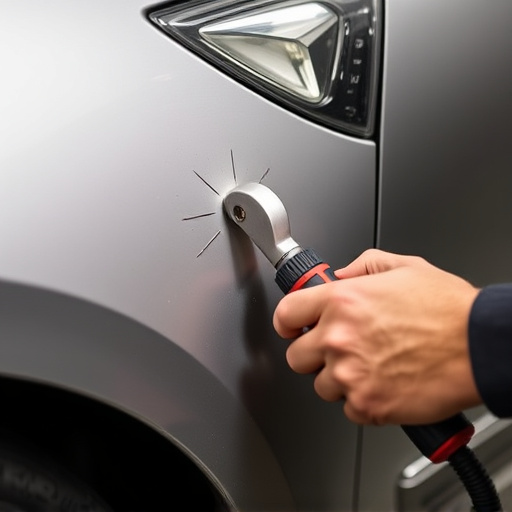
Implementing and training for effective B-pillar protection is paramount when it comes to ensuring safety during vehicle repairs, especially with the increasing demand for B-pillar replacement services. This involves integrating specialized gear and equipment designed for auto glass repair and collision repair services. Professional training ensures that technicians are adept at handling these new materials and techniques, enhancing the overall quality of repairs.
Proper training programs cover everything from understanding the unique properties of modern B-pillars to mastering the use of advanced tools and technologies required in an auto collision center. By prioritizing these measures, collision repair services can offer robust solutions for B-pillar replacement while adhering to safety standards, ultimately contributing to safer vehicles on the road.
In conclusion, implementing safe B-pillar replacement practices is paramount in ensuring hazard-free working environments. By understanding the necessary equipment, selecting the right tools, and providing adequate training, businesses can significantly reduce risks associated with this critical task. Prioritizing safety through proper gear and well-informed personnel is a key step towards creating safer spaces for all.
